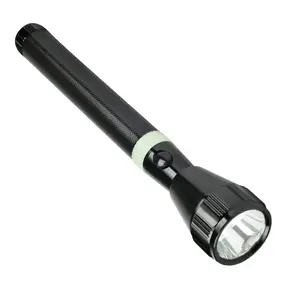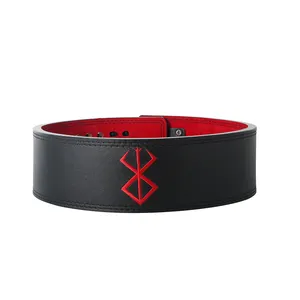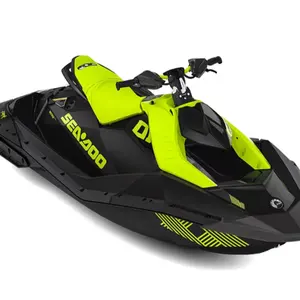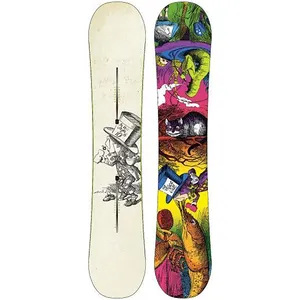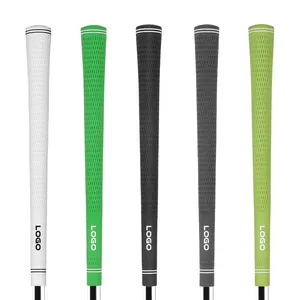Popular in your industry






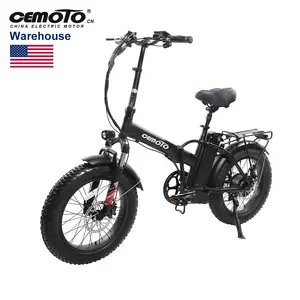






































































































































































Top categories
About micro bike
The term micro bike encompasses a variety of compact and small-scale bicycles designed for convenience, portability, and efficiency. These bikes often cater to specific needs such as urban commuting, children's learning cycles, and even competitive sports like BMX racing. With a focus on minimalistic design and space-saving features, micro bikes are becoming an increasingly popular choice for those seeking a practical solution to maneuver through the bustling city streets or for introducing young riders to the world of cycling.
Types and Features of Micro Bikes
Delving deeper into the types of micro bikes, we find a spectrum of models each with unique characteristics. The micro bicycle is often favored by urban commuters for its compact size, allowing for easy storage in small apartments or offices. The micro BMX, including micro mini BMX and BMX micro race models, is engineered for agility and performance, with features like reinforced frames and specialized tires for grip and speed. For the youngest riders, micro balance bikes serve as an excellent introduction to cycling, focusing on the development of balance without the complexity of pedals. The micro e-bike represents the intersection of micro mobility and technology, with electric motors that assist pedaling and extend the range of travel. Each type of micro bike is designed with a specific user in mind, from the thrill-seeking BMX racer to the eco-conscious city commuter.
Structure and Materials of Micro Bikes
The structure of a micro bike is a marvel of engineering, comprising several key components that work in harmony. The frame, typically made from robust materials like steel or aluminum alloy, provides the skeleton of the bike. Attached to the frame are the wheels, often smaller than those of a standard bicycle, which contribute to the micro bike's compact size. The drivetrain, which includes the pedals, chain, and gears, is optimized for the bike's smaller stature, ensuring efficient transfer of energy from the rider to the road. Brakes are another critical component, designed to be responsive and reliable for safety. For micro e-bikes, additional components such as batteries and electric motors are integrated into the frame, providing assisted propulsion to ease the rider's journey.
Materials and Their Benefits in Micro Bikes
The choice of materials in the construction of micro bikes is critical to their performance and durability. Steel is prized for its strength and is often used in the frames of micro BMX bikes, which need to withstand the rigors of stunts and races. Aluminum alloy, on the other hand, is favored for its lightweight properties, making it ideal for micro e-bikes where additional weight from electrical components is a consideration. ABS plastic may be used in less structural components where flexibility and impact resistance are important. The materials are chosen not only for their physical properties but also for their ability to withstand various weather conditions and the wear and tear of regular use.
Business Usages and Applications of Micro Bikes
In the business realm, micro bikes have carved out a niche in several industries. Delivery companies, for instance, utilize micro bike motorcycles for their ability to zip through traffic and park in tight spaces, increasing efficiency and reducing delivery times. In urban rental services, a fleet of micro bicycles can be a cost-effective and environmentally friendly option for tourists and residents alike. The compact size and ease of use make micro bikes an attractive option for corporate campuses, providing a quick and convenient way for employees to move between buildings. The application of these bikes in business settings not only creates value by reducing operational costs but also contributes to a greener footprint.
Functionality and Connectivity of Micro Bikes
The functionality of micro bikes extends beyond mere transportation. With the integration of GPS tracking and remote control capabilities, businesses can monitor and manage their fleet of bikes with unprecedented ease. Features like distance warning and speed warning enhance safety for riders, while geofencing technology ensures that the bikes remain within designated areas, deterring theft and misuse. These functions are particularly beneficial for rental and delivery services, where the ability to track and control the bikes can significantly improve operational efficiency.
Distinctive Features and Selling Points of Micro Bikes
The distinctive features of micro bikes set them apart in a crowded market. Innovations such as micro shift advent gear systems provide smooth and reliable gear changes, which are essential for riders navigating varied urban terrains. The inclusion of mini pumps for road bikes as part of the bike's equipment ensures that riders can address tire pressure issues on the go, reducing downtime. For children's bikes, safety features like non-slip pedals and easy-to-use brakes are selling points for parents concerned about their child's safety.
Benefits and Positive Outcomes of Using Micro Bikes
The benefits of using micro bikes are manifold. They offer a solution to the urban challenge of congestion and the scarcity of parking. For businesses, they represent a reduction in transportation costs and a boost in efficiency. For individual users, micro bikes provide a healthy and environmentally friendly mode of transport, contributing to physical well-being and a reduction in carbon footprint. The micro balance bike aids in the physical development of children, fostering coordination and motor skills in a fun and engaging way.
How to Use a Micro Bike?
Operating a micro bike effectively involves understanding its components and capabilities. For a micro mini bike BMX, this means familiarizing oneself with the bike's agility and learning the proper techniques for stunts and races. For a micro e-bike, riders should be aware of how to manage the electrical systems, from charging the battery to operating the motor-assist function. Proper usage ensures not only a better riding experience but also the longevity of the bike.
How to Maintain Your Micro Bike?
Maintaining a micro bike is crucial for its performance and lifespan. Regular checks should include tire pressure, which can be managed with bike mini pumps, brake functionality, and chain lubrication. For electronic models, battery care is essential, and software updates should be performed as recommended by the manufacturer. A well-maintained micro bike is a reliable companion for any rider.
How to Install Accessories on Your Micro Bike?
Accessorizing a micro bike can enhance its utility and aesthetics. Whether it's adding a basket to a micro bike motorcycle for carrying goods or installing performance parts on a micro race BMX, it's important to ensure that the accessories are compatible with the bike's design and do not impede its functionality. Following the manufacturer's guidelines for installation will ensure that accessories are fitted safely and securely.
Explore the diverse range of micro bikes on Alibaba.com, each designed to cater to the specific needs of various users and businesses. From the thrill of BMX racing to the practicality of urban commuting, there's a micro bike that's perfect for your requirements.

